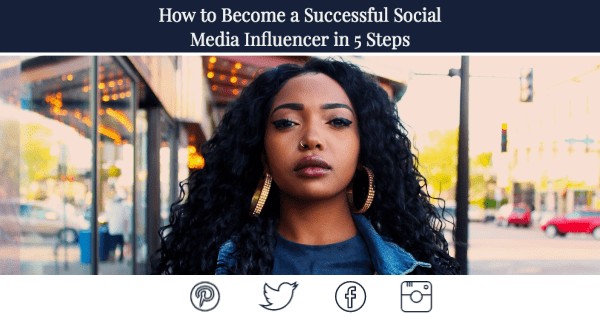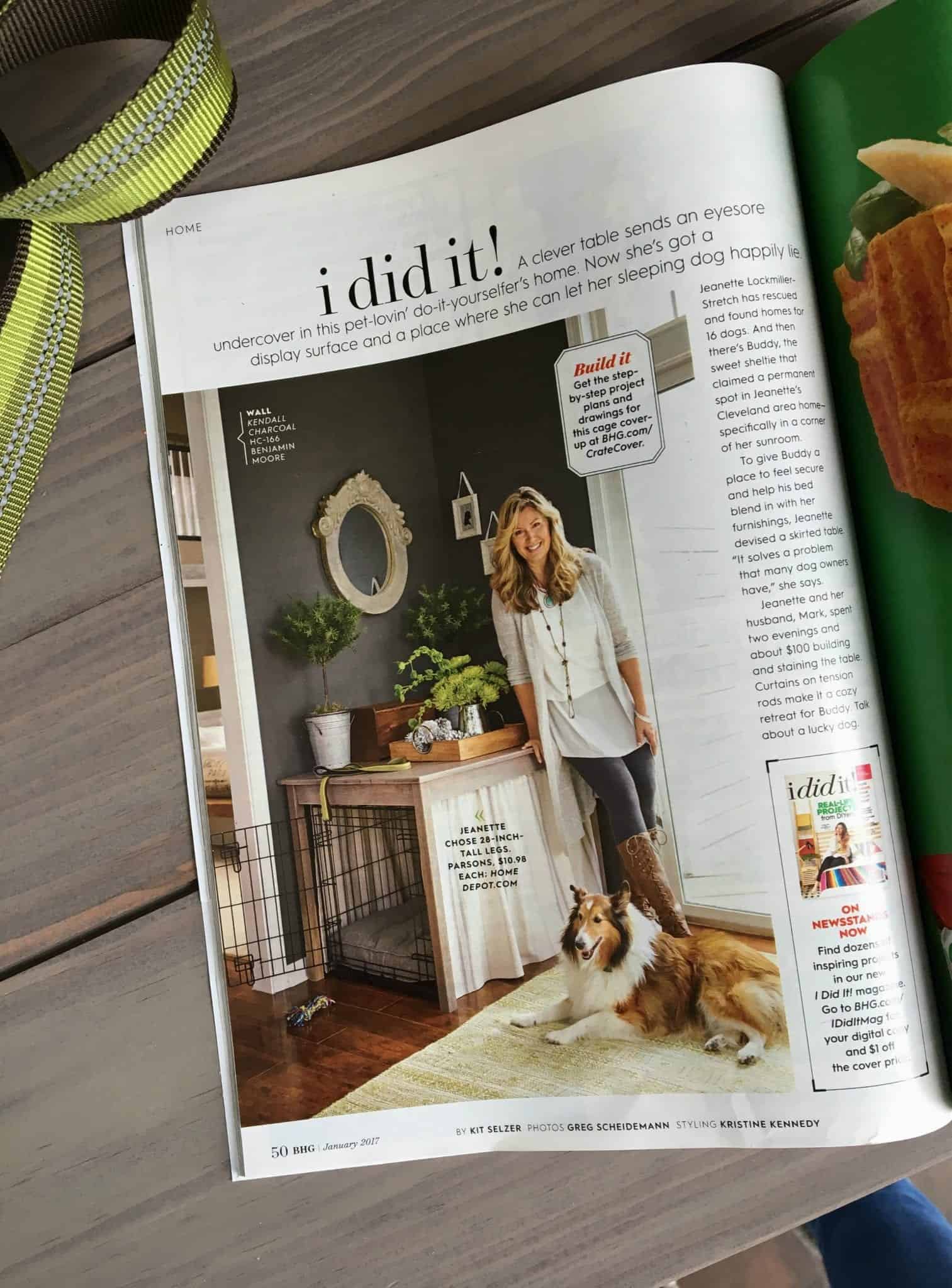How to Become a Successful Social Media Influencer in 5 Steps

A recent study conducted by Linqia revealed that 57% of marketers plan to increase their influencer marketing budgets in 2020. That means that if you’ve ever dreamed of making money off your social media presence, now is the time to get in the game. But where to start? Below we’ve created a brief step-by-step guide to becoming a successful social media influencer.
1. Choose a Niche and Establish a Brand Identity
What are you passionate about? What field, industry, or topic do you have intimate and extensive knowledge about? You may have a wide variety of interests (most people do!), but to make it as an influencer, you’ll need to narrow down your focus to either one subject or two closely related subjects. For instance, fashion and beauty is the most popular industry among influencers, followed by the travel industry. Keep in mind that choosing a niche as popular as these will pit you against some serious competition. Forbes reported that in 2017, the 10 top fashion influencers had a reach of approximately 23.3 million followers. And when it comes time for a fashion brand to spend their marketing budget, they’ve got a lot of wildly popular and successful influencers to choose from. If you’re not ready to face such fierce competition, it might be better to choose a less cutthroat niche.
As you decide on your niche, start thinking about how you want to present yourself. Create a brand identity and a voice. Are you fun and quirky? Polished and professional? Wholesome and family-oriented? Controversial and edgy? Your brand identity should fit well with your niche, but sometimes it’s beneficial to create a sort of unique juxtaposition — an unexpected stance on a common topic can make you stand out. For instance, a snarky DIY crafts YouTuber making adorably dark voodoo dolls might be exactly what the sewing community needs right now. Whatever you choose for your voice and brand identity, it must be true to you. The internet can sniff out an inauthentic influencer from a mile away.
2. Optimize Your Profiles
Now that you’ve chosen your niche and established your brand identity, it’s time to take it to the web. Start by creating and optimizing your social media profiles.
Choose Your Platforms: Most influencers stick to just one or two social media channels. Some of the most popular social media platforms are Facebook (2.45 billion monthly active users), YouTube (2 billion monthly active users), Instagram (1 billion monthly active users), TikTok (800 million monthly active users), and Twitter (330 million monthly active users).
Craft an Engaging Bio: Whichever platform you choose, your bio is the first thing anyone sees when they visit your social media profile, so it’s integral to making a good first impression. In your bio, tell your story in an engaging way, but keep it brief and don’t deviate from your brand’s voice. Make sure to provide all important information like your name, approximate location, contact details, and areas of expertise.
Select a Profile Pic: Finally, choose a profile picture. This is an essential part of your brand identity. Your audience will recognize your profile by the picture, so choose wisely. Your face should be clearly visible and the lighting and photo quality should be excellent.
3. Post Relevant and Interesting Content
It’s important to establish a content strategy before you start posting. A good strategy incorporates a variety of content types to keep your audience interested. For instance, a health and fitness influencer on Instagram might post fun tips and facts — like how listening to music while working out can improve performance by 15% — and then supplement that post with a link to a video of themselves doing a TikTok dance to show that music, dance, and fitness are a winning combo. They might also sprinkle in some photos of highly nutritious and delicious meals or their own reviews of fitness equipment or health food brands they’ve tried.
Some influencers do choose to mix in some content about their personal lives that may not be directly related to their niche. This is a great way to form a human connection with your audience, though some viewers find it distracting. Whether you get personal or keep it strictly professional is up to you, just make sure to stay consistent with the voice and brand identity you’ve established. Be authentic. If you’re a down-to-earth foodie blogger with a sense of humor, adding in some personal posts about your daily life might be exactly what your audience needs to get to know you better. If you aspire to be a high-end fashion influencer looking to make connections with elite designers, sticking to your niche and keeping it professional is likely the way to go.
Ultimately, your content must provide value. To gain a loyal following, you’ll need to give people something they can’t find elsewhere — unique tips and advice to help them achieve their goals, entertainment, even a sense of community. That’s why knowing your audience is so important.
4. Post and Engage Consistently
Aspiring influencers often ask when and how often they should post content. The answer may depend on the social media platform you choose and how aggressive your industry is. However, most platforms’ algorithms give preference to social media accounts that publish content on a regular and consistent basis. Instagram, in particular, essentially requires a regular posting frequency to ensure high visibility. Twitter is especially fast-paced, so posting multiple times a day is absolutely necessary. A study by Sprout Social showed that there are actually ideal days and times that lead to maximum engagement. For most channels, the highest engagement rates take place in late morning and afternoon hours Monday through Friday. Wednesday is typically the optimal day to post.
Posting new content is only half the job. The other half consists of engaging with followers and other accounts on social media. As in influencer, you must stay connected with your followers. It’s a good practice to regularly reply to comments and answer any questions followers ask. Or, if you’re strapped for time, you can always just “like” their comments to show appreciation.
5. Reach Out to Brands
Finally, to truly become an influencer, you need to connect with brands willing to pay you to promote their products and services. This will begin with outreach. Send messages to relevant brands, pitching what you have to offer. To save time, design an outreach template that you can use to reach out to brands en masse. Eventually, with some collaborations under your belt, the brands are bound to approach you.
Influencer marketing is a growing trend as businesses see the value in online spokespeople who have established trust with their followers. No longer a boutique marketing method reserved for celebrity endorsements, influencer marketing is evolving to include a diverse range of online voices across a variety of platforms. You could be one of those voices.








